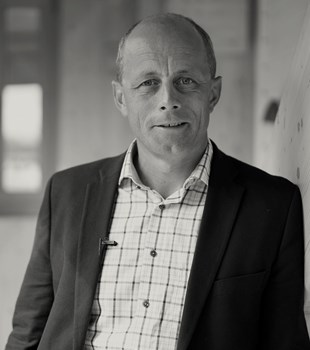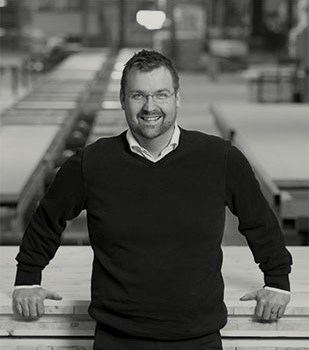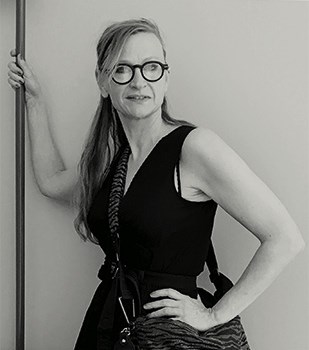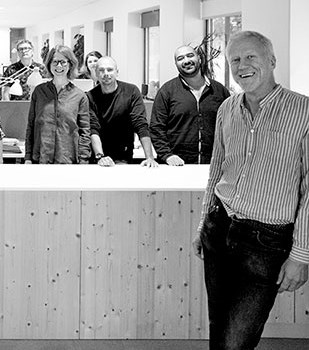When I began work as an architect with one of our wood building suppliers in southern Sweden over 10 years ago, times were very different. We drew up a list of unique selling points (USP) for use in our marketing. Of course, industrial building in wood offered many benefits, including fast delivery, short construction times on site, a dry and warm building process in the factory and so on. However, we never talked about the climate and carbon emissions.
Now, in an age when climate change is central to practically everything we do, industrial building in wood has gained a whole new USP. Amongst all the climate anxiety, building in wood is something we can do here and now to stave off the worst effects and compensate for other, more carbon-heavy, industries, and we can do it using a local and renewable resource.
The government has taken a stand with its wood construction strategy, and more and more municipalities are realising that wood has a key role to play if we are to have any chance of achieving the 2030 Agenda and other targets. In an industry with long processes, we don’t have much time to play with.
It’s no longer all about getting the message across about why. Instead, people are increasingly asking “how?”.
The task of Wood City Sweden is to answer this question. We work at municipal and regional level on increasing knowledge, networking and, above all, guiding our members in setting criteria that will encourage wood construction.
We work constantly on more general initiatives such as seminars, study visits and workshops, but we also maintain a tight focus on municipalities and regions. For these, we offer support in drawing up concrete action plans for climate-neutral building, with wood as a key element. The project is called Wood First, and we are currently working with a number of ambitious municipalities that have decided to really go for it.
Of course, we have a number of pioneering municipalities, such as Växjö and Skellefteå, who have been working to promote wood construction for a long time. Eksjö, Borlänge and Söderhamn have also recently adopted their own wood construction strategies. Last spring, Malmö launched its local roadmap for climate-neutral building by 2030. However, we have 290 municipalities and 20 county councils/regions in Sweden – and everyone needs to get on board. The municipalities are highly influential due to their planning monopoly, and they should also be leading by example, not least through their own enterprises, for the common good.
We have a tough job ahead, there is strong interest and we are well on the way. It feels great to have a concrete tool to work with, rather than standing completely empty handed in the face of what might be humanity’s greatest challenge. Naturally many other things have to fall in place, but at least we have something to work with as the clock ticks.
The time of the municipalities is now, our time is now.


























